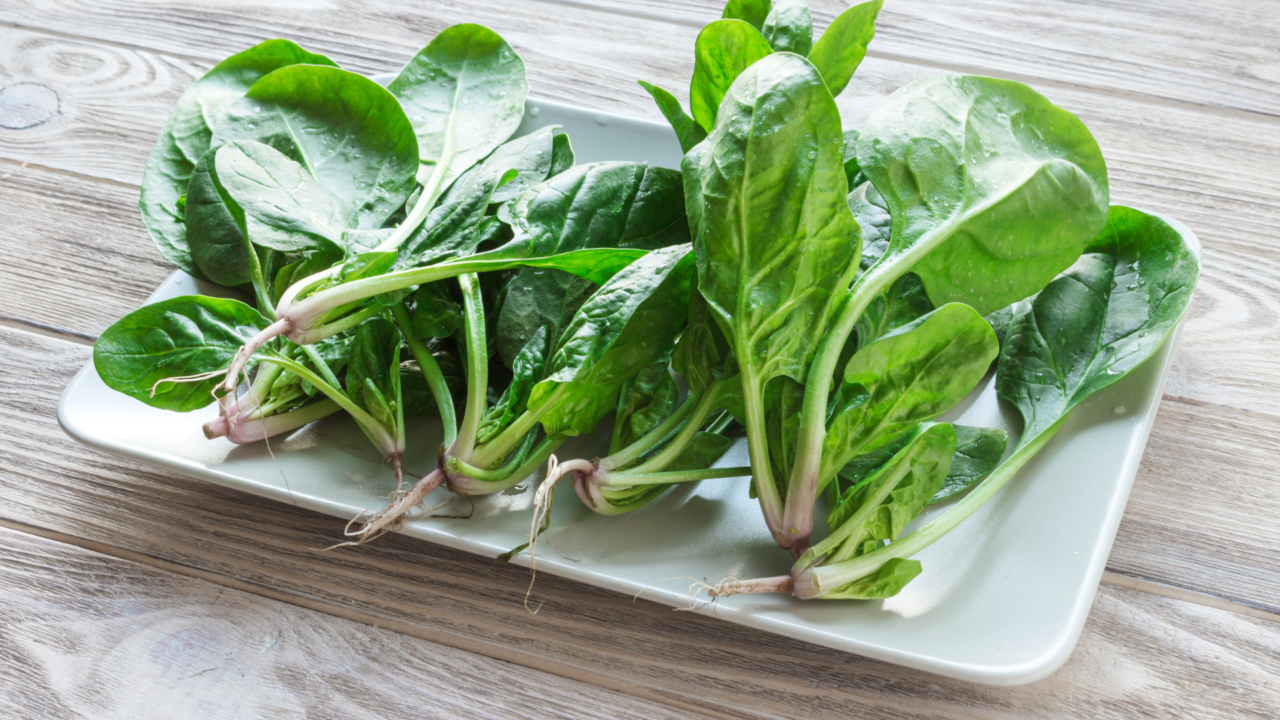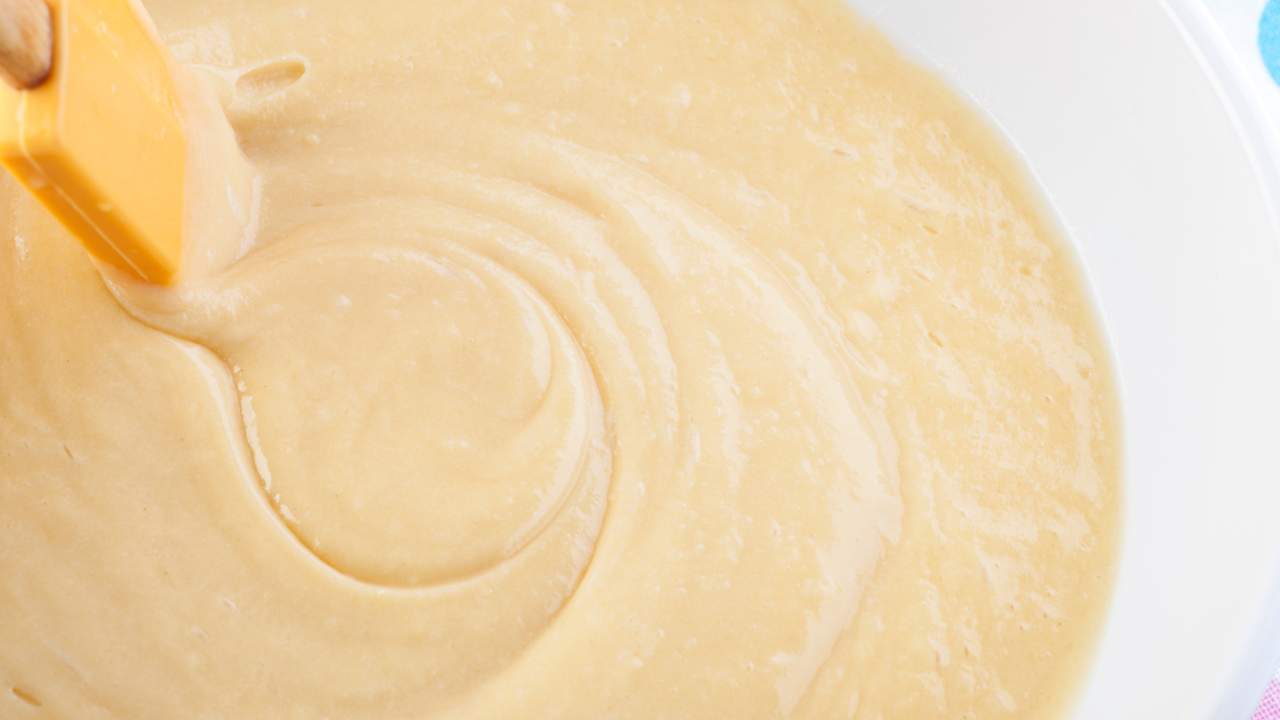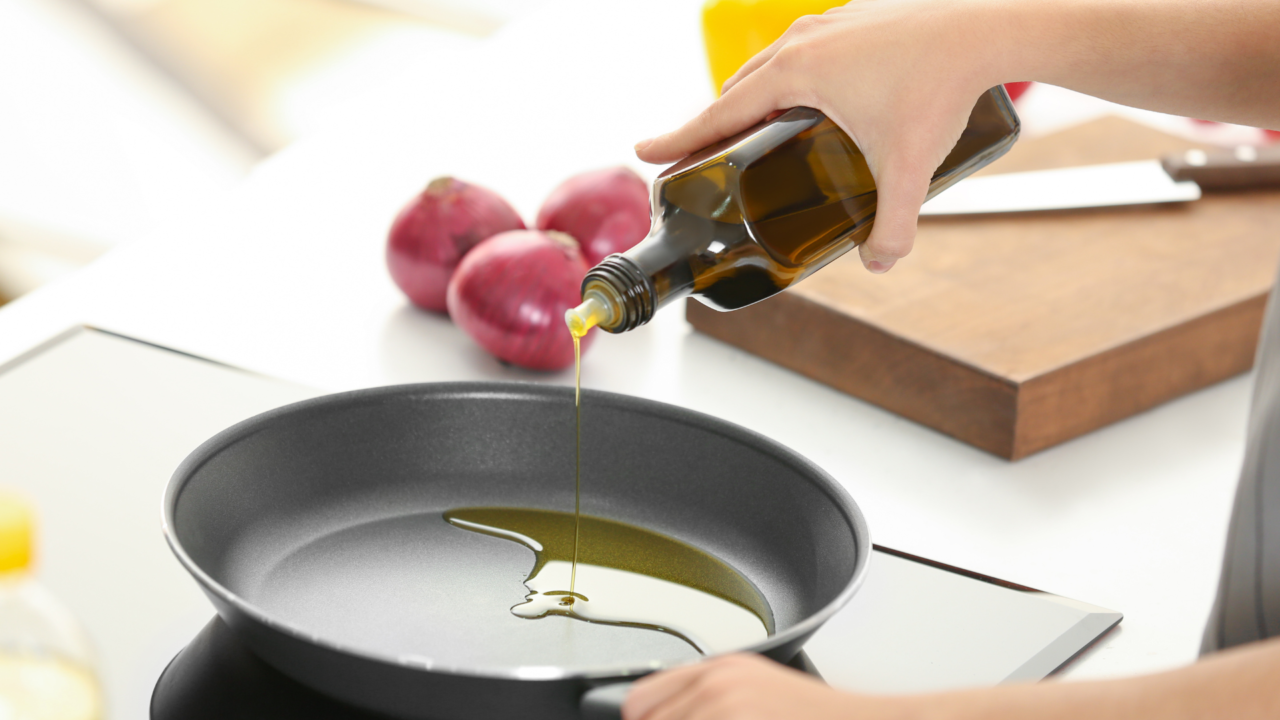KhajuriyaAgriInternational Groundnut Oil
Palak Pakoda with Groundnut Oil
Palak Pakoda, also known as Spinach Fritters, is a mouthwatering and irresistible Indian snack that has gained immense popularity for its unique blend of flavors and textures. This delightful dish combines the goodness of fresh spinach leaves with a tantalizing assortment of spices, creating a delectable treat that is loved by people of all ages.
The foundation of Palak Pakoda lies in its main ingredient – the vibrant and nutrient-packed spinach leaves. Hand-picked, tender spinach leaves are thoroughly washed, ensuring the removal of any impurities, and then dried to retain their natural moisture. The leaves are carefully chopped or kept whole, depending on the desired texture, allowing the true essence of spinach to shine through in every bite.
The key to achieving the perfect Palak Pakoda lies in the skillful preparation of the batter. A mixture of gram flour (besan) forms the base of the batter, contributing to the delightful crispiness of the fritters. To this, a medley of spices is added – aromatic cumin, zesty coriander powder, piquant red chili powder, a pinch of turmeric for that golden hue, and a hint of asafoetida, which adds a subtle depth of flavor. Finely chopped green chilies and ginger provide a gentle heat, while a sprinkling of baking soda or powder imparts an airy lightness to the pakodas.
The blend of spices not only elevates the taste but also carries the fragrant essence of traditional Indian cuisine. It is in this amalgamation of spices that the palak pakoda obtains its irresistible allure.
Once the batter is thoroughly mixed, the spinach leaves are gently folded in, ensuring that each leaf is coated evenly. The mixture is then allowed to rest for a few minutes, allowing the flavors to meld and the batter to thicken slightly, enhancing the crispy texture upon frying.
The cooking process brings this delightful creation to life. A deep-bottomed pan is filled with oil and heated to the perfect temperature, ready to transform the batter-coated spinach leaves into golden-brown delights. The palak pakodas are carefully dropped into the sizzling oil, and as they fry, a tantalizing aroma fills the air. The fritters turn irresistibly crispy on the outside while maintaining a tender, succulent center, providing a delightful contrast of textures in every bite.
Palak Pakoda is best served hot and fresh. It is often accompanied by a range of tantalizing chutneys or sauces – from tangy tamarind chutney to refreshing mint-coriander chutney, offering a burst of additional flavors that perfectly complement the pakodas.
This snack is not only a favorite during monsoons when the raindrops beckon cravings for deep-fried delights but also finds its way to the tables of festivals, gatherings, and celebrations, where it becomes a star attraction. Its versatility allows it to be savored as an appetizer, a tea-time indulgence, or even as a side dish alongside a sumptuous Indian meal.
Beyond its irresistible taste, Palak Pakoda holds the goodness of spinach, known for its rich nutritional value. The spinach leaves offer a plethora of essential vitamins, minerals, and antioxidants, making the indulgence somewhat guilt-free.
In conclusion, Palak Pakoda is a delightful and savory treat that showcases the culinary prowess of Indian cuisine. With its crispiness, explosion of flavors, and nutritional benefits, this snack never fails to leave a lasting impression on food enthusiasts, both locally and globally. So, the next time you yearn for a crispy, zesty snack, don’t hesitate to savor the goodness of Palak Pakoda, a truly delightful twist to classic fritters.
Ingredients:

- 2 cups fresh spinach leaves (palak), washed and pat dried
- 1 cup gram flour (besan)
- 1/4 cup rice flour (optional, for extra crispiness)
- 1 teaspoon cumin seeds
- 1 teaspoon red chili powder (adjust to your spice preference)
- 1/2 teaspoon turmeric powder
- 1/2 teaspoon garam masala
- A pinch of asafoetida (hing)
- Salt to taste
- 1/2 cup water (approximately, adjust as needed)
- Khajuriyaagriinternational Groundnut Oil for frying
Instructions:

- Wash the spinach leaves thoroughly under running water to remove any dirt or impurities.
- Pat dry the leaves using a clean kitchen towel or paper towel to remove excess moisture.
- Trim off any thick stems, leaving only the tender part of the leaves. Set aside.

- In a mixing bowl, add gram flour (besan), rice flour (if using), cumin seeds, red chili powder, turmeric powder, garam masala, asafoetida, and salt.
- Mix all the dry ingredients well to ensure the spices are evenly distributed.

- Gradually add water to the dry ingredients, little by little, and whisk the mixture to form a smooth, lump-free batter. The batter should be thick enough to coat the back of a spoon.

- In a deep frying pan or kadhai, pour enough Khajuriyaagriinternational Groundnut Oil to deep fry the pakodas.
- Heat the oil over medium flame until it reaches the frying temperature (around 350°F or 180°C).

- In a deep frying pan or kadhai, pour enough Khajuriyaagriinternational Groundnut Oil to deep fry the pakodas.
- Heat the oil over medium flame until it reaches the frying temperature (around 350°F or 180°C).

- Serve the hot and crispy samosas with green chutney, tamarind chutney, or ketchup.
- Enjoy your delicious homemade samosas made with Khajuriyaagriinternational Groundnut Oil!
Note: Be cautious while frying, as hot oil can be dangerous. It’s best to use a deep-frying thermometer to monitor the oil’s temperature and avoid overheating. Also, allow the oil to cool completely before discarding or storing it.

